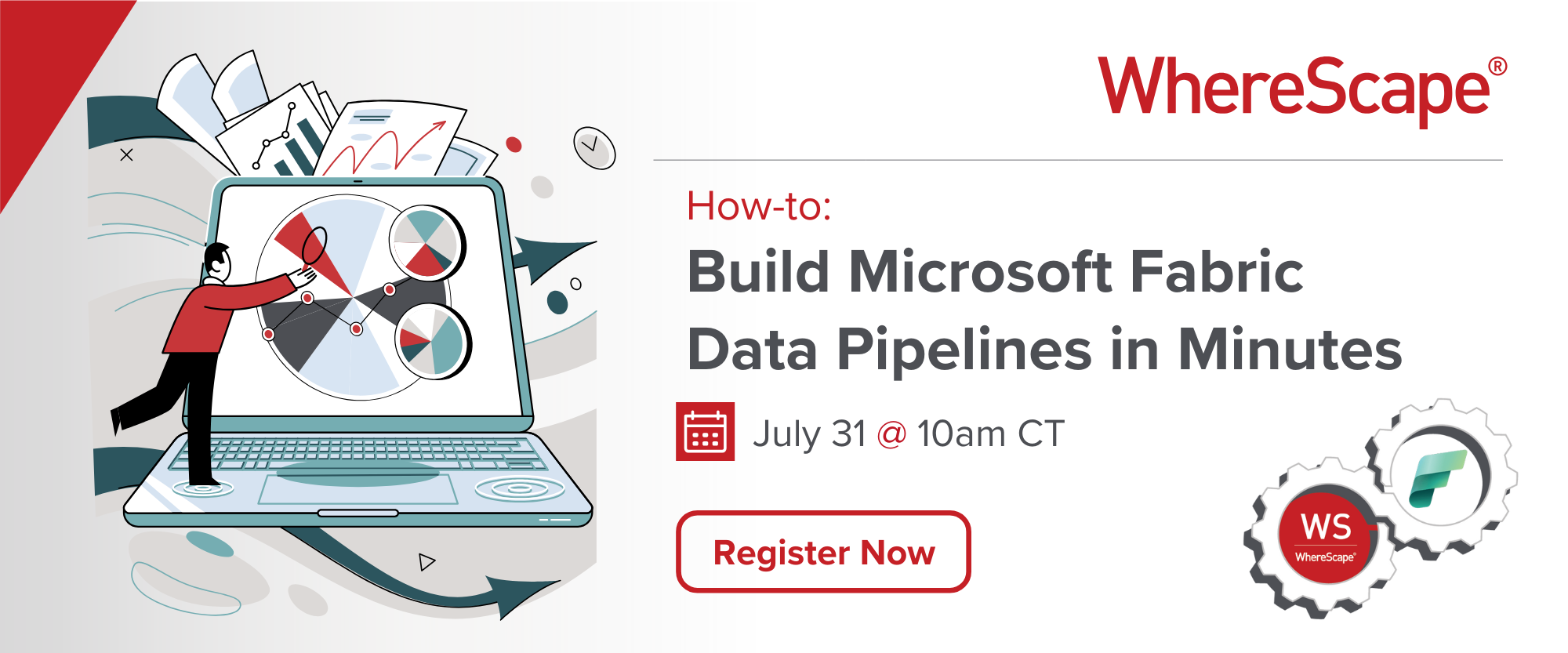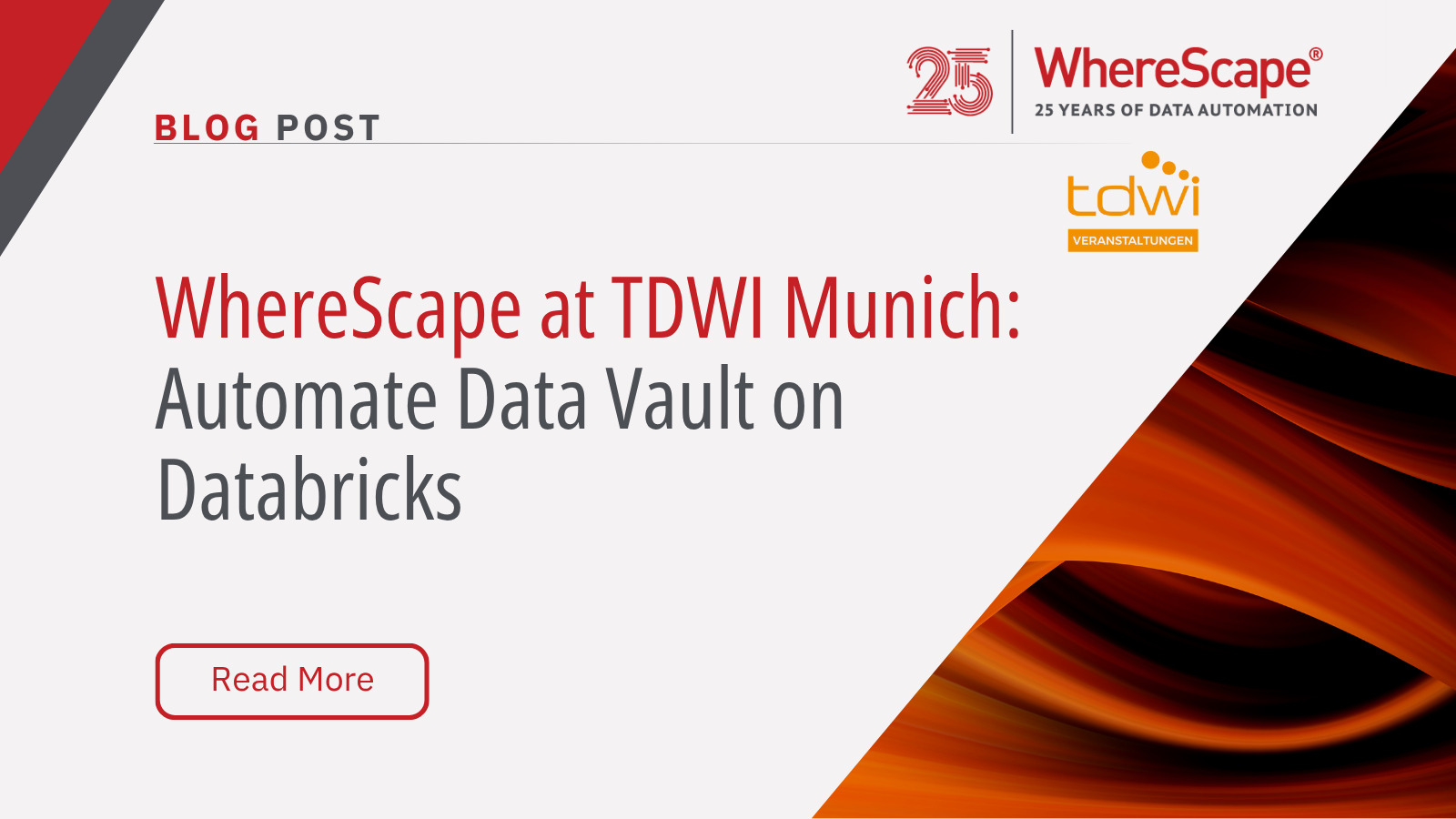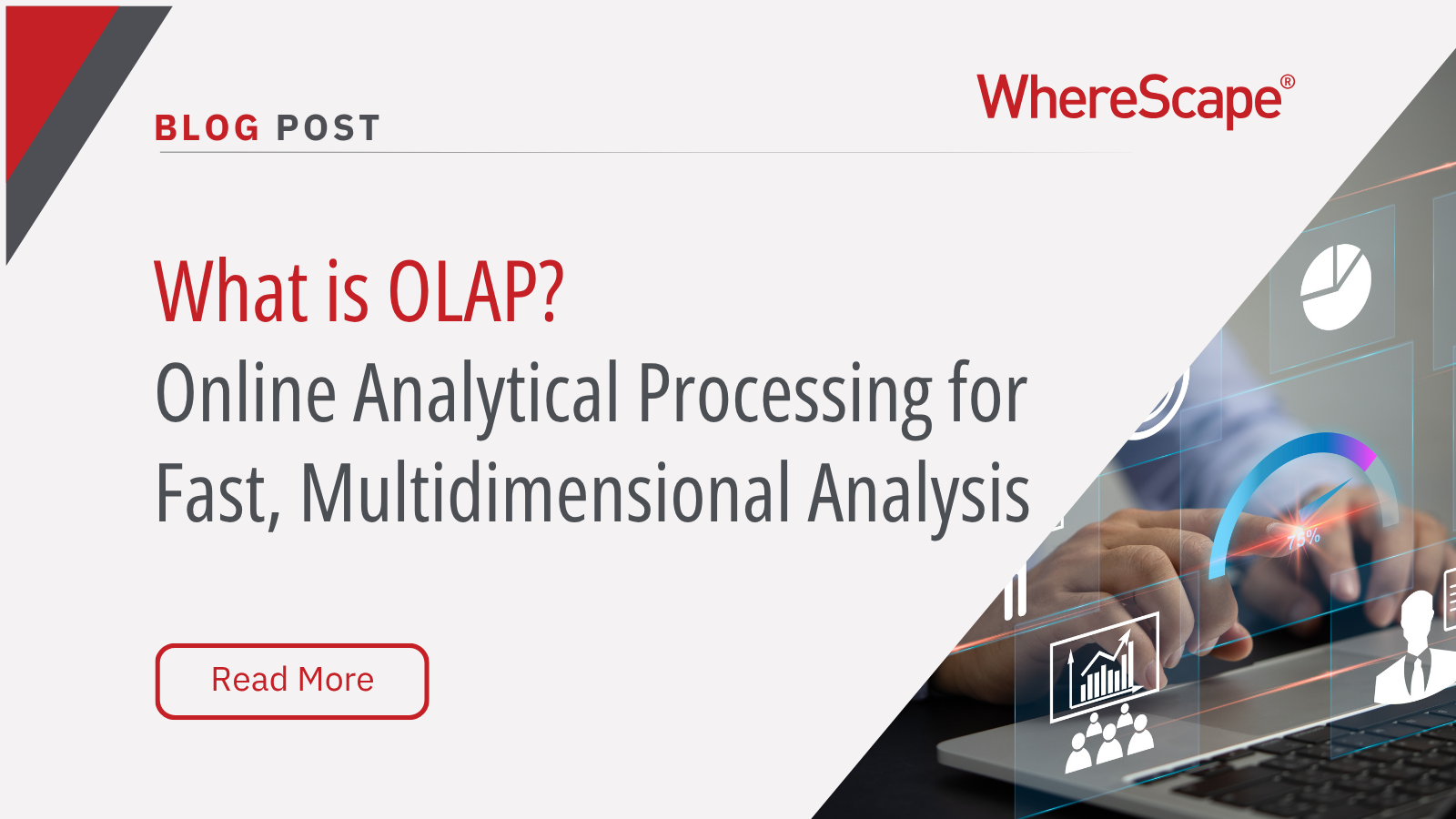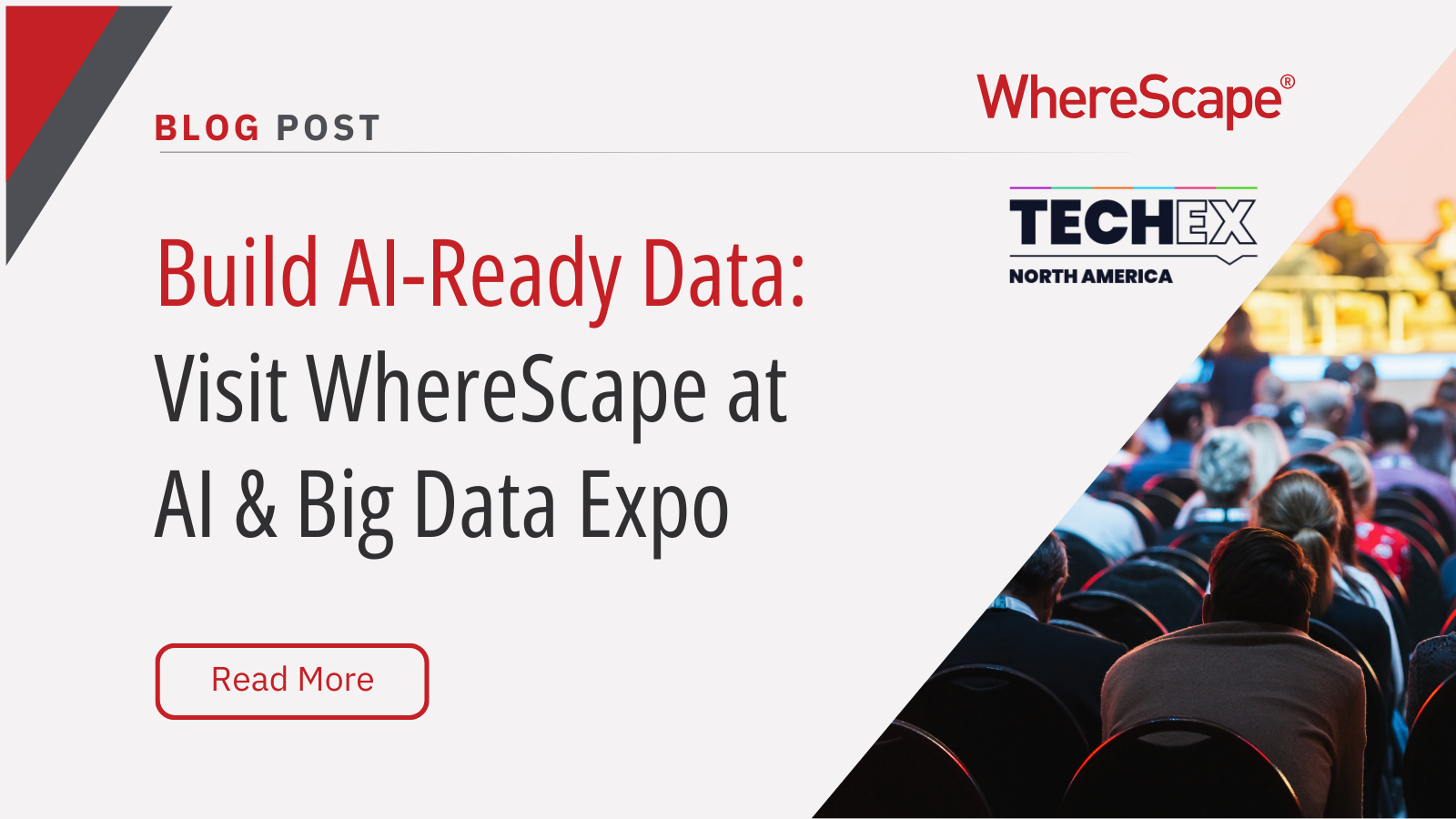Join our fast-and-friendly virtual tour to...
Locking in a Data Vault
So, I’m playing a little with words here. I’m certainly not advocating locking anybody or anything in a Data Vault. I want to share how you can lock in success as you design and deliver your new Data Vault. I assume you have your business people fully on board as discussed in this recent blog. If not, I advise you to go back and do that first. This blogpost is aimed to specifically assist your development team.
Most of us are challenged by change. And developers are little different. They are typically very comfortable with a set of design approaches and tools learned in the past and it routinely frames their perspective on how to tackle the future. Combining the comfort of old ways with the tight timeframes and pressures of today’s business requests seldom leads to taking time to explore new options. As a result, it is easy for teams to be weighed down by outdated, limiting approaches to data infrastructure.
What we’ve learned with the evolution of the Data Vault methodology and data warehouse automation (DWA) over the past decade is that some areas within the data warehouse development process are broken. Dan Linstedt and the other contributors to the Data Vault model in the early 2000’s recognized early on that the traditional data models were not able to meet the quality and agility goals of a data warehouse serving a modern data-focused business. I have provided some of this background in this recent white paper.
The Data Vault is constructed from some very carefully defined primitives, such as hubs, links and satellite tables, that must be defined and populated in specific ways to work as intended. If developers use old approaches or, worse still, make up new ones themselves, disaster will follow.
In Data Vault 2.0, Linstedt has provided a methodology to drive best practice in the design of the data model and in the development of the function that populates it. Methodologies are great: I rely on a wonderful methodology for manually raising my computer screen to the ideal height as I write this post. But, within development teams, such behavior will lead to inconsistent approaches to development; result in delays in future maintenance as other developers struggle to understand different coding styles; and ultimately will lead to a skills loss for your organization when your cleverest developer dies in a freak coding accident.
WhereScape® Data Vault Express addresses these issues by encoding the templates of the Data Vault components, and employing best practices in population processes and development methods within an automated, metadata-driven design and development environment. Starting in initial design collaboration between IT and business people, design choices are encoded in metadata to auto-generate the code and scripts responsible for defining Data Vault tables and populating them with the correct data, ensuring design consistency and completeness, and coding conformity to a single set of standards. Traceability is enforced and maintenance eased. Additionally, as your developers work, all is documented automatically—a task few enjoy or have the time to complete.
Locking in the Data Vault is all about maintaining consistency, ensuring complete documentation, and auto-generating best-practice model and code assets across design and development. As I discuss in this white paper Meeting the Six Data Vault Challenges and within this recent recorded webcast, data warehouse automation is the logical foundation. And while change is hard, development teams will benefit greatly from an openness to doing it differently.
Coming soon, some thoughts on Living in a Data Vault.
You can find the other blog posts in this series here:
Dr. Barry Devlin is among the foremost authorities on business insight and one of the founders of data warehousing, having published the first architectural paper on the topic in 1988. Barry is founder and principal of 9sight Consulting. A regular blogger, writer and commentator on information and its use, Barry is based in Cape Town, South Africa and operates worldwide.
WhereScape at TDWI Munich: Automate Data Vault on Databricks
WhereScape at TDWI Munich 2025: Automate a Full Data Vault on Databricks in Just 45 Minutes June 24–26, 2025 | MOC Munich, Germany As data complexity grows and business demands accelerate, scalable and governed data architectures are no longer optional—they're...
What Is OLAP? Online Analytical Processing for Fast, Multidimensional Analysis
Streamline your data analysis process with OLAP for better business intelligence. Explore the advantages of Online Analytical Processing (OLAP) now! Do you find it challenging to analyze large volumes of data swiftly? A Forrester study reveals that data teams spend...
Build AI-Ready Data: Visit WhereScape at AI & Big Data Expo
June 4–5, 2025 | Booth 202 | Santa Clara Convention Center As organizations scale their artificial intelligence and analytics capabilities, the demand for timely, accurate, governed, and AI-ready data has become a strategic priority. According to Gartner, through...
Automating Star Schemas in Microsoft Fabric: A Webinar Recap
From Data Discovery to Deployment—All in One Workflow According to Gartner, data professionals dedicate more than half of their time, 56%, to operational tasks, leaving only 22% for strategic work that drives innovation. This imbalance is especially apparent when...
What is a Data Model? How Structured Data Drives AI Success
What is a data model? According to the 2020 State of Data Science report by Anaconda, data scientists spend about 45% of their time on data preparation tasks, including cleaning and loading data. Without well-structured data, even the most advanced AI systems can...
ETL vs ELT: What are the Differences?
In working with hundreds of data teams through WhereScape’s automation platform, we’ve seen this debate evolve as businesses modernize their infrastructure. Each method, ETL vs ELT, offers a unique pathway for transferring raw data into a warehouse, where it can be...
Dimensional Modeling for Machine Learning
Kimball’s dimensional modeling continues to play a critical role in machine learning and data science outcomes, as outlined in the Kimball Group’s 10 Essential Rules of Dimensional Modeling, a framework still widely applied in modern data workflows. In a recent...
Automating Data Vault in Databricks | WhereScape Recap
Automating Data Vault in Databricks can reduce time-to-value by up to 70%—and that’s why we hosted a recent WhereScape webinar to show exactly how. At WhereScape, modern data teams shouldn't have to choose between agility and governance. That's why we hosted a live...
WhereScape Recap: Highlights From Big Data & AI World London 2025
Big Data & AI World London 2025 brought together thousands of data and AI professionals at ExCeL London—and WhereScape was right in the middle of the action. With automation taking center stage across the industry, it was no surprise that our booth and sessions...
Why WhereScape is the Leading Solution for Healthcare Data Automation
Optimizing Healthcare Data Management with Automation Healthcare organizations manage vast amounts of medical data across EHR systems, billing platforms, clinical research, and operational analytics. However, healthcare data integration remains a challenge due to...
Related Content
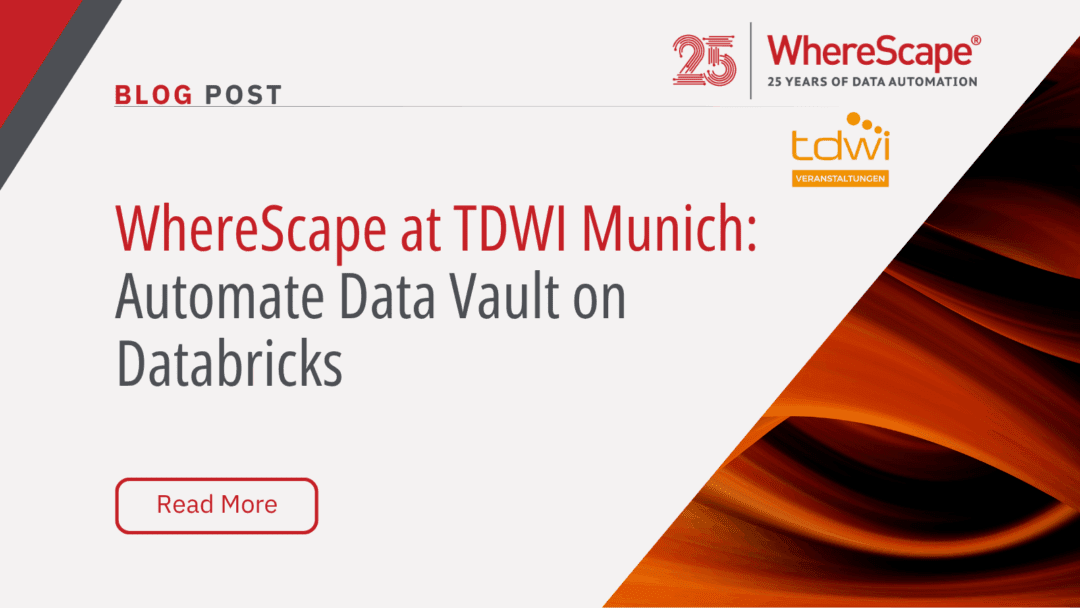
WhereScape at TDWI Munich: Automate Data Vault on Databricks
WhereScape at TDWI Munich 2025: Automate a Full Data Vault on Databricks in Just 45 Minutes June 24–26, 2025 | MOC Munich, Germany As data complexity grows and business demands accelerate, scalable and governed data architectures are no longer optional—they're...
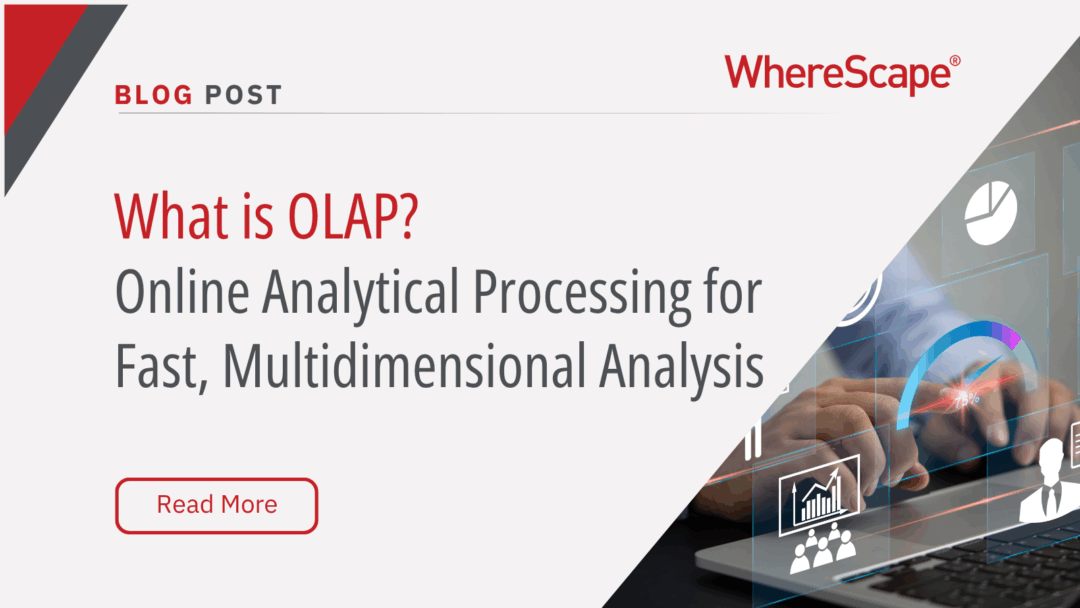
What Is OLAP? Online Analytical Processing for Fast, Multidimensional Analysis
Streamline your data analysis process with OLAP for better business intelligence. Explore the advantages of Online Analytical Processing (OLAP) now! Do you find it challenging to analyze large volumes of data swiftly? A Forrester study reveals that data teams spend...
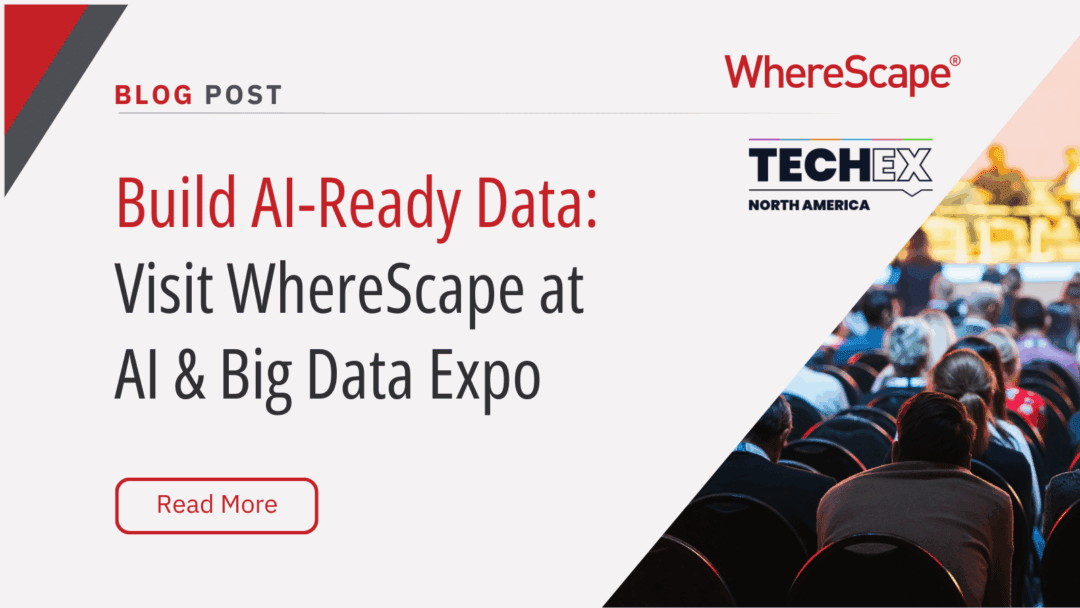
Build AI-Ready Data: Visit WhereScape at AI & Big Data Expo
June 4–5, 2025 | Booth 202 | Santa Clara Convention Center As organizations scale their artificial intelligence and analytics capabilities, the demand for timely, accurate, governed, and AI-ready data has become a strategic priority. According to Gartner, through...
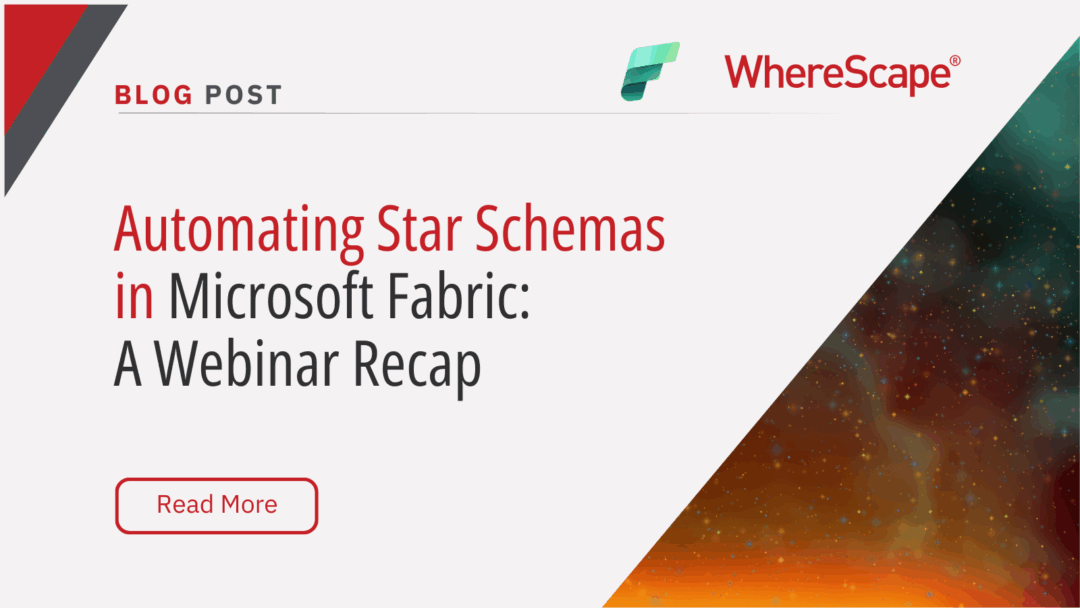
Automating Star Schemas in Microsoft Fabric: A Webinar Recap
From Data Discovery to Deployment—All in One Workflow According to Gartner, data professionals dedicate more than half of their time, 56%, to operational tasks, leaving only 22% for strategic work that drives innovation. This imbalance is especially apparent when...

